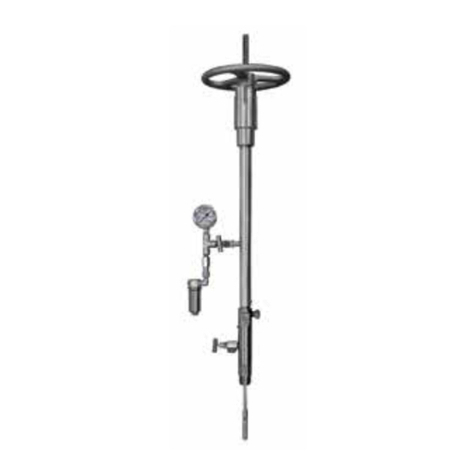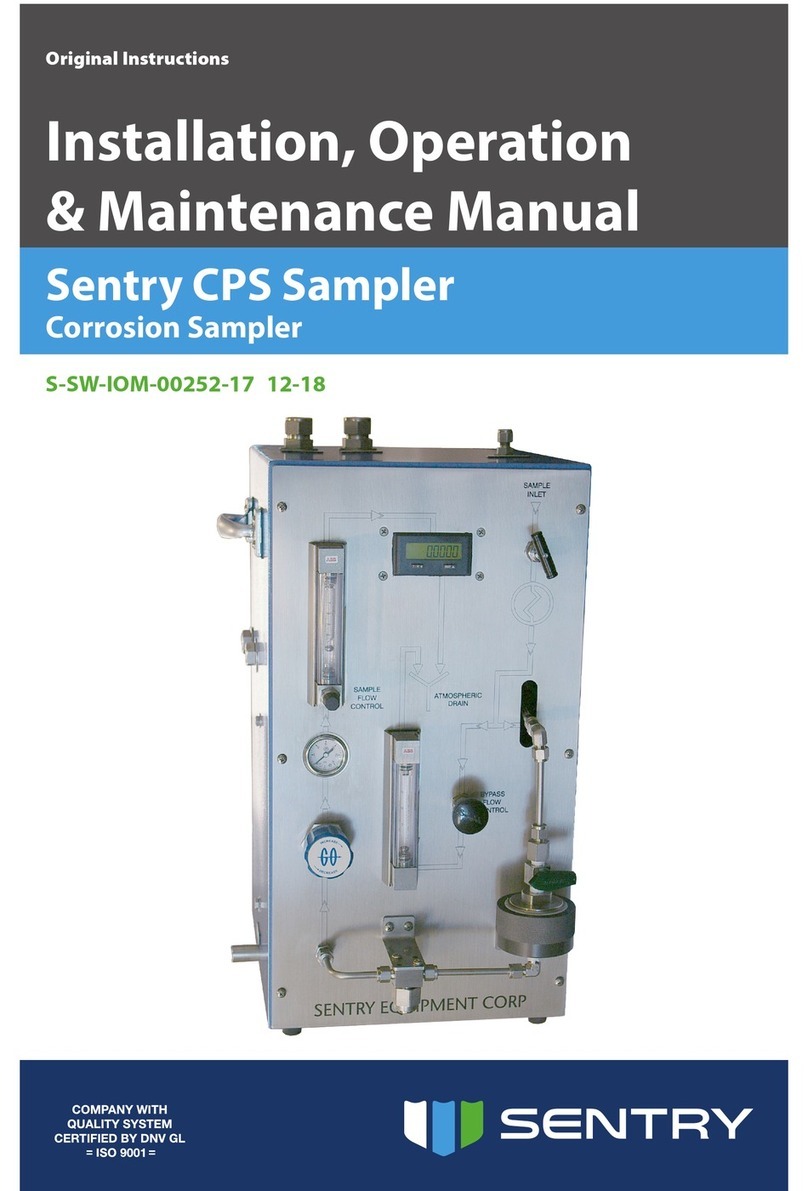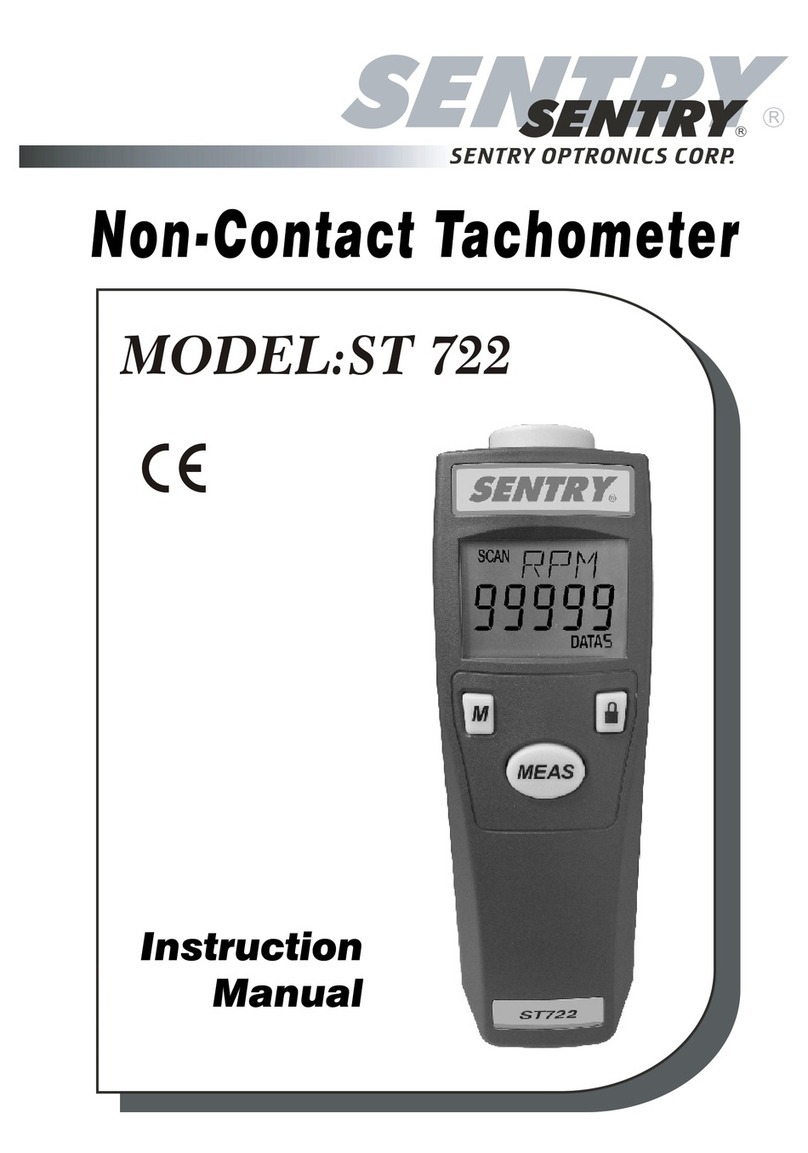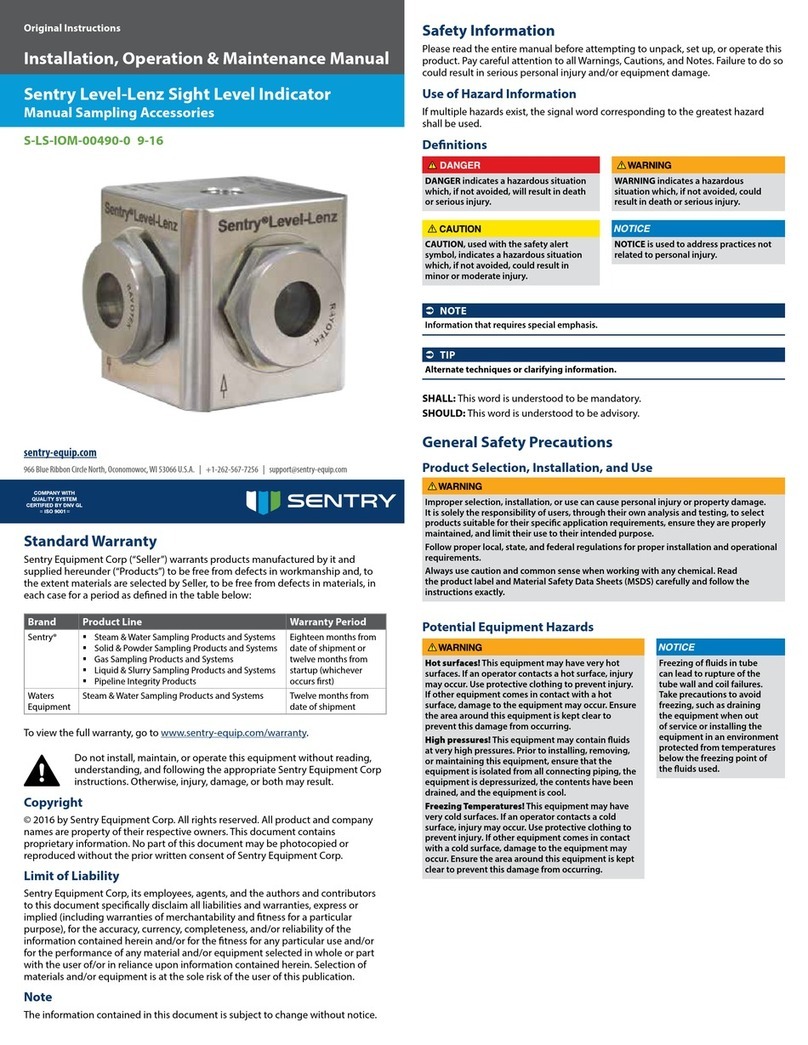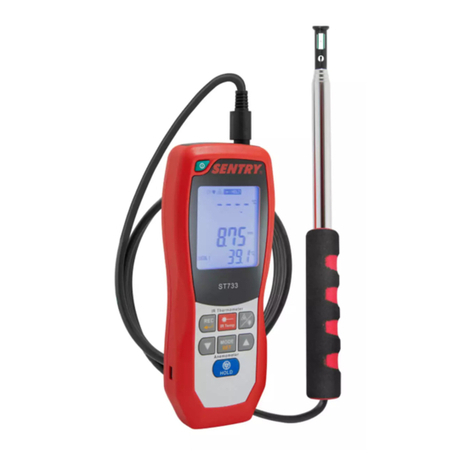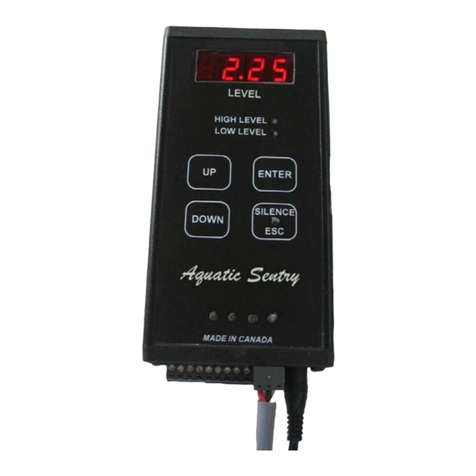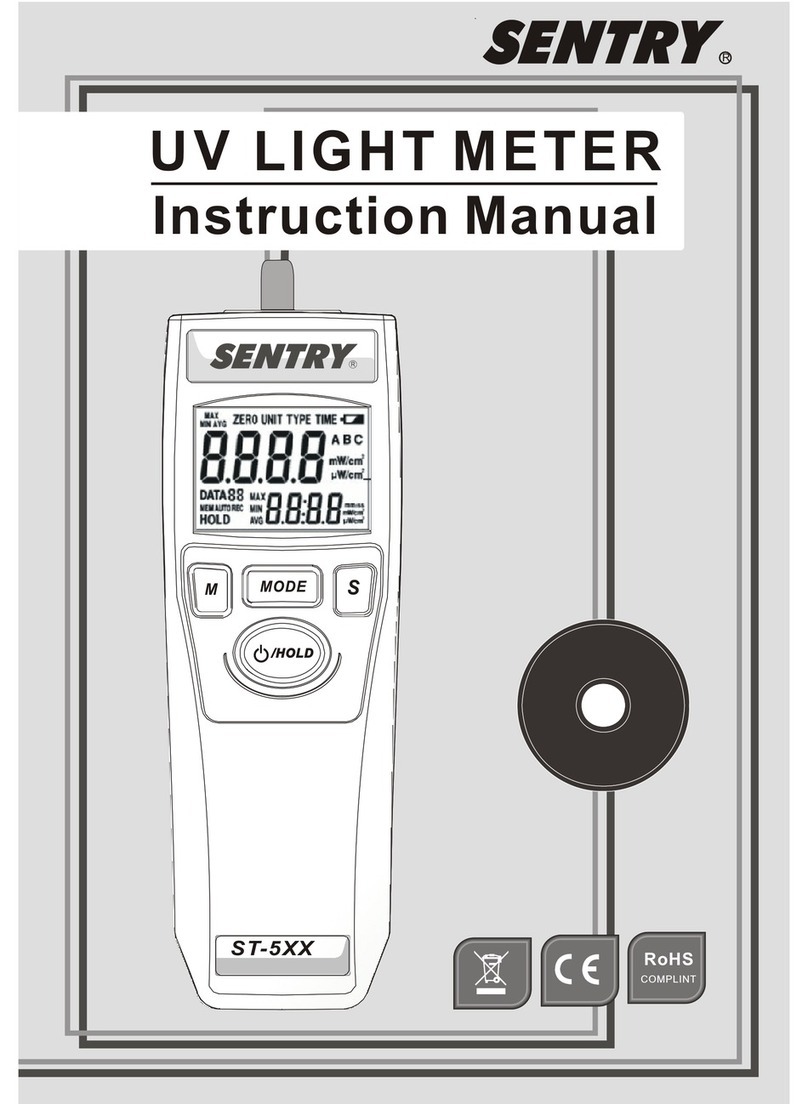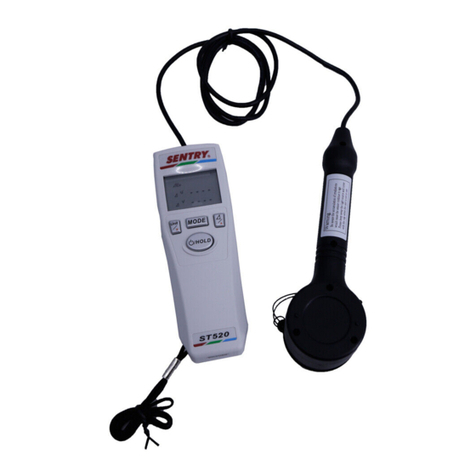
iZ10000 Natural Gas Odorization System
Table of Contents
Safety Information........................................................ iii
General Safety Precautions ................................................ iv
Warning Labels............................................................v
1. Specications ...................................................................................................1
2. Overview..........................................................................................................2
2.1 Principles of Operation: ............................................................................2
2.2 Continuous Mode .....................................................................................2
2.3 Batch Mode ..............................................................................................2
2.4 System Components.................................................................................3
2.4.1 Z10000 Injector.............................................................................3
2.4.2 System Controller..........................................................................3
2.4.3 Odorant Storage Vessel .................................................................4
3. Installation.......................................................................................................5
3.1 Site Requirements ....................................................................................5
3.1.1 Unit Location.................................................................................5
3.1.2 Blanket Gas...................................................................................5
3.1.3 Electrical Power.............................................................................5
3.2 Equipment and Tools ................................................................................5
3.3 Tubing ......................................................................................................5
3.4 Wiring.......................................................................................................5
3.4.1 Electrical Connections ...................................................................5
3.4.2 Wiring Termination .......................................................................6
3.4.3 Flow Signal and Level Gauge Signal..............................................6
3.4.4 Modbus RS-485 Wiring .................................................................6
3.4.5 I/O Signal Verication ...................................................................6
3.4.6 External HMI (optional).................................................................8
3.5 Leak Testing..............................................................................................8
3.6 Unit Conguration....................................................................................9
3.6.1 Remote Conguration...................................................................9
3.6.2 TechView.......................................................................................9
3.6.3 External HMI .................................................................................9
3.7 Warm Start / Hydraulic Bleed .................................................................10
4. Mechanical Overview .....................................................................................11
4.1 Solenoid Isolation Valve..........................................................................11
4.2 Positive Displacement Flow Meter..........................................................11
4.3 Hydraulic Pump ......................................................................................12
4.4 Bellows Capsules ....................................................................................12
